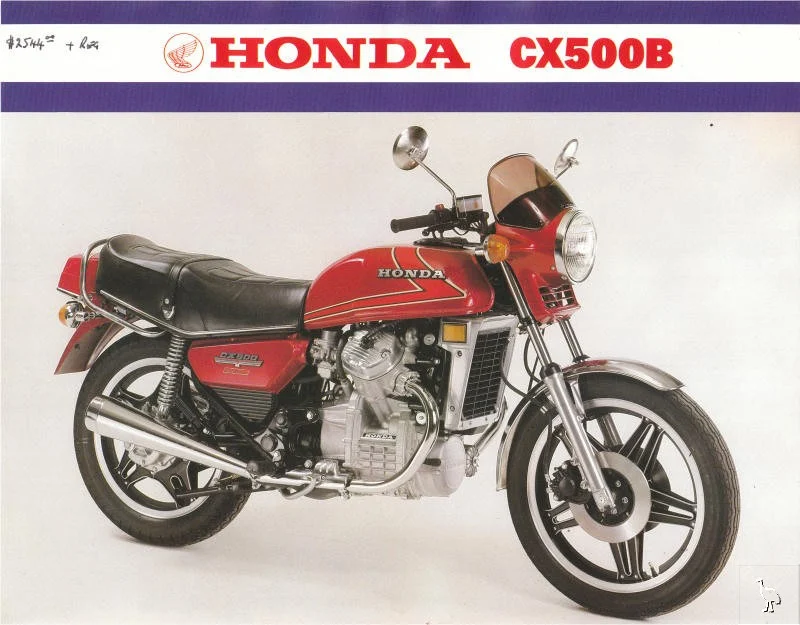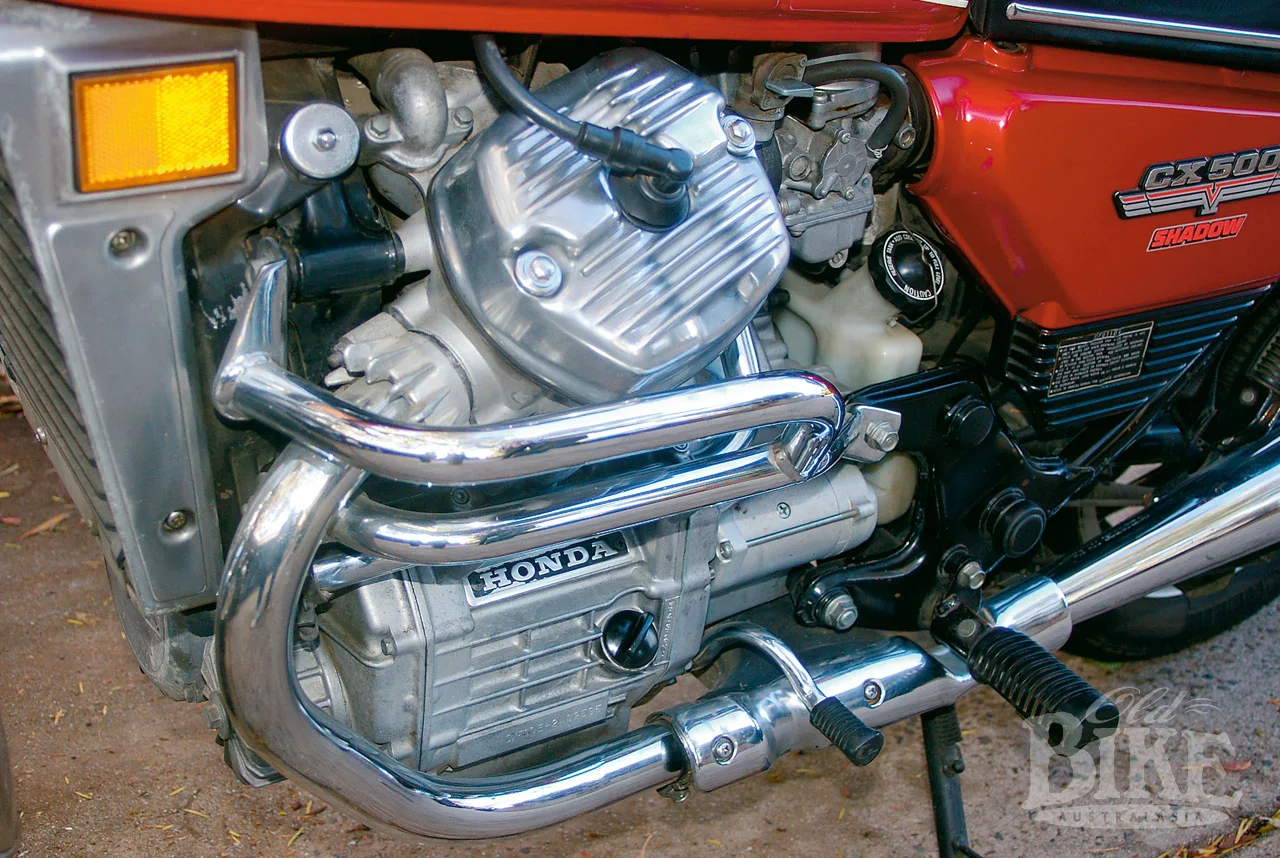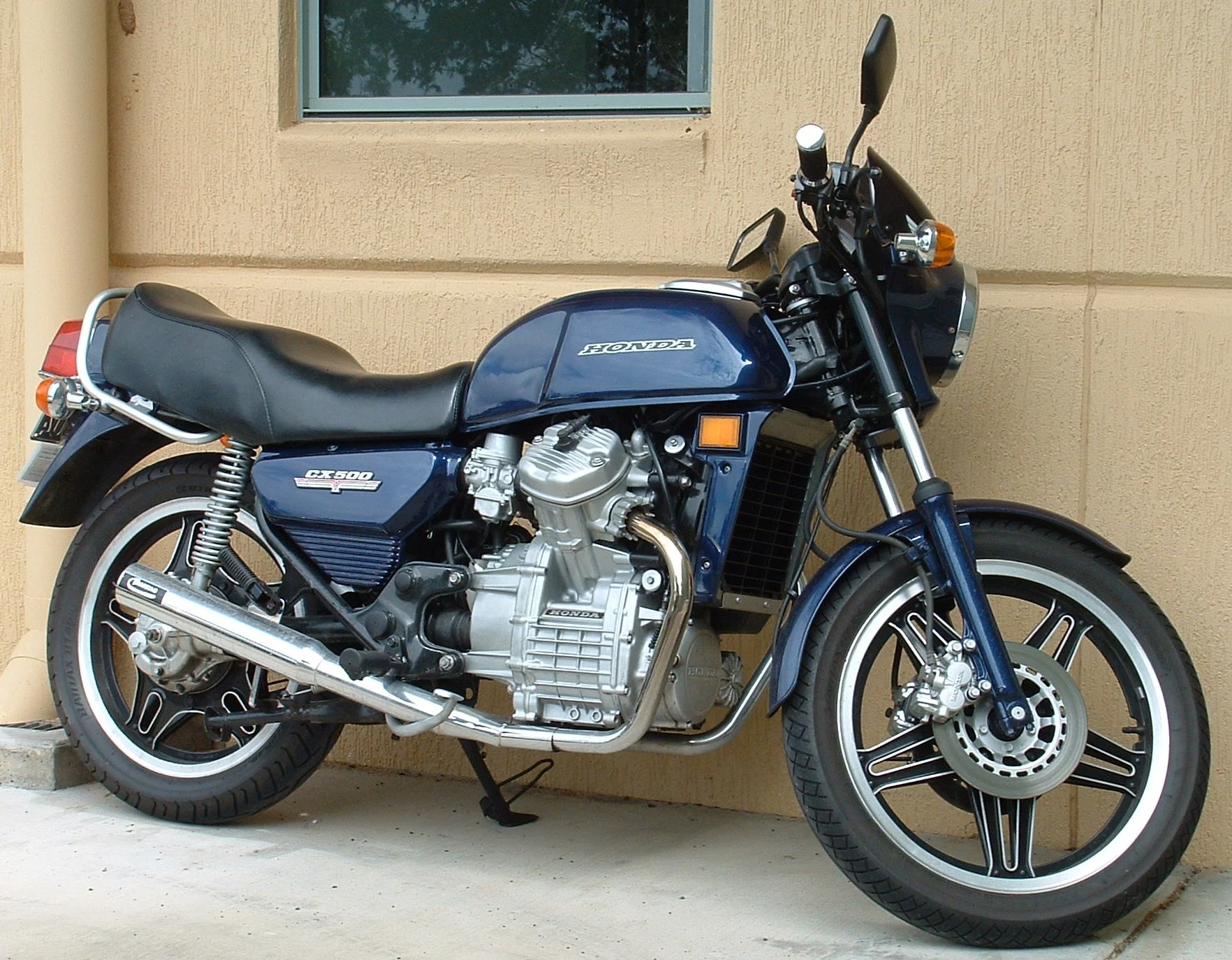Finding and Maintaining Honda CX500, The Ultimate Guide!
The American motorcycle landscape is littered with iconic machines. From the thundering Harleys to the agile Kawasakis, certain bikes hold a special place in the hearts of riders across the nation. But there's a hidden gem, a motorcycle that often gets overlooked yet offers a compelling package of style, comfort, and reliability – the Honda CX500.
This article delves into the world of the Honda CX500, exploring its history, specifications, features, and performance. We'll also provide valuable insights for those considering adding this under-appreciated classic to their garage.
A Departure from the Norm: The Birth of the CX500
By the late 1970s, Honda had carved a niche for itself in the American motorcycle market. Their offerings, primarily single-cylinder and inline-four motorcycles like the CB series, were known for their practicality and reliability. However, Honda saw an opportunity to expand its horizons. Riders were yearning for more powerful, comfortable machines capable of tackling longer journeys.
Thus, in 1978, Honda unveiled the CX500, a radical departure from their existing lineup. This middleweight motorcycle boasted a revolutionary (for Honda) V-twin engine, a shaft drive system, and modern styling that set it apart from its contemporaries.
The CX500 wasn't just about aesthetics; it was a technological leap forward. The liquid-cooled, 497cc V-twin engine offered a smoother, more powerful ride compared to Honda's previous offerings. This engine design provided inherent balance, minimizing vibrations typically associated with larger displacement engines. Additionally, the shaft drive system, a first for Honda motorcycles at the time, meant less maintenance compared to a chain-driven motorcycle.
The CX500's arrival was met with positive reception. Riders appreciated its comfortable ergonomics, ample power for cruising, and low-maintenance design. It quickly became a success story, solidifying Honda's position as a manufacturer that could cater to a wider range of riding styles.
A Look Under the Hood: CX500 Specifications and Features
The heart of the Honda CX500 lies in its 497cc, liquid-cooled V-twin engine. This fuel-injected powerplant produces a respectable 50 horsepower and 46 lb-ft of torque, figures that may not scream "muscle bike" but translate to a smooth and enjoyable riding experience, particularly for touring enthusiasts. The engine is mated to a dependable five-speed transmission, offering a seamless gear-shifting experience.
The CX500 isn't a lightweight; it tips the scales at a dry weight of 463 pounds. However, its well-balanced design and comfortable seat height of 31.5 inches make it surprisingly manageable for riders of varying heights and experience levels.
One of the defining aspects of the CX500 is its focus on rider comfort. The motorcycle comes standard with a full fairing, offering excellent wind protection on long highway stretches. Additionally, standard saddlebags provide ample storage space for essential gear during your travels. A centerstand is also included, making maintenance tasks like chain lubrication (on earlier models with a chain drive) or tire changes a breeze.
Honda didn't skimp on optional features either. A windshield could be added for further wind protection, while a backrest offered additional comfort for the passenger. For extended touring adventures, a tour trunk was available, significantly increasing the CX500's cargo capacity.
Riding the Legacy: Performance and Long-Distance Touring Prowess
The Honda CX500 isn't a speed demon, but it excels in what it was designed for – comfortable, capable touring. The V-twin engine delivers smooth power that makes highway cruising effortless. The shaft drive system contributes to a low-maintenance experience, freeing you to focus on enjoying the ride.
The CX500's well-balanced handling and comfortable ergonomics make it a joy to navigate twisty roads as well. While it may not be the most nimble bike in tight corners, it inspires confidence with its predictable handling and surefootedness.
One of the CX500's greatest strengths is its long-distance touring capabilities. The comfortable riding position, ample wind protection with the fairing, and available luggage options make it an ideal companion for exploring the open road. Whether you're planning a weekend getaway or a cross-country adventure, the CX500 is built to handle the miles with ease.
The Honda CX500 was originally introduced in 1978 with a starting price of $2,995. As with most motorcycles, the price steadily increased over its production run, reaching $4,495 by the time it was discontinued in 1983.
Honda CX500 Specifications:
Here's a breakdown of the key specifications for the Honda CX500:
- Engine: 497cc, liquid-cooled, V-twin
- Horsepower: 50 hp (around 37 kW) @ 9,500 rpm (early models may have slightly higher power)
- Torque: 46 lb-ft (around 63 Nm)
- Transmission: 5-speed
- Dry Weight: 463 lbs (210 kg)
- Seat Height: 31.5 inches (80 cm)
- Features (standard): Full fairing, saddlebags, centerstand
- Optional Features: Windshield, backrest, tour trunk
- Drive System: Shaft drive (earlier models may have chain drive)
Additional Notes:
- The Honda CX500 was produced from 1978 to 1983.
- There were various models throughout its production run with slight variations in features.
- This is a general overview of specifications, and specific figures may differ slightly depending on the model year.
Finding Your Perfect Match: A Buyer's Guide for the Honda CX500
The Honda CX500's legacy extends far beyond its production years. Today, these motorcycles remain a popular choice for riders seeking a reliable, comfortable, and stylish classic. With a bit of research and effort, you can find a well-maintained CX500 that will provide years of riding enjoyment. Here's a helpful guide to navigate the used market and find your perfect CX500:
Do Your Research: Familiarize yourself with the different CX500 models produced throughout its lifespan (1978-1983). There were standard, deluxe, and custom variations, each with slight feature differences. Researching common maintenance issues and potential trouble spots specific to each model year will empower you to make informed decisions when inspecting potential purchases.
Seek Reputable Sellers: Look for CX500s advertised by private sellers who can provide a detailed service history and any modifications made to the bike. Classic motorcycle dealerships specializing in Japanese motorcycles are also a good option, as they often meticulously source and restore these machines.
Inspect Thoroughly: A thorough inspection is crucial before finalizing any purchase. Check the motorcycle's overall condition, looking for signs of rust, damage, or leaks. Ensure the engine starts and runs smoothly, listening for any unusual noises. Inspect the frame for any cracks or bends, and verify the functionality of all controls and lights.
Test Ride is a Must: Don't skip a test ride! This is your chance to experience firsthand how the CX500 rides and handles. Pay attention to clutch engagement, gear shifting, suspension performance, and overall comfort.
Negotiate the Price: The price of a used Honda CX500 can vary depending on its condition, mileage, model year, and any modifications. Use the information you gathered during your research to determine a fair market value and negotiate accordingly.
Beyond Stock: The World of CX500 Customization
The Honda CX500 has become a darling of the motorcycle customization scene. Its robust engine and relatively simple design make it a popular platform for various modifications. Here are some popular customization styles:
Cafe Racer: This classic style focuses on creating a sleek, minimalist motorcycle with a focus on performance. Modifications often include clip-on handlebars, a single seat, and a custom exhaust system.
Scrambler: This style transforms the CX500 into a more off-road capable machine. Common modifications include knobby tires, raised suspension, and high handlebars.
Bagger: For those seeking ultimate touring comfort, the CX500 can be transformed into a luxurious bagger. Saddlebags are often enlarged, custom windscreens are added, and backrest comfort for both rider and passenger is prioritized.
These are just a few examples, and the possibilities for customizing a Honda CX500 are truly endless. With a little creativity and mechanical know-how, you can turn this classic motorcycle into a truly unique machine that reflects your personal riding style.
Owning a Piece of History: Parts Availability and Maintenance Tips
One of the concerns some riders might have about owning a classic motorcycle like the Honda CX500 is parts availability. Fortunately, the CX500 enjoys a dedicated following, and there are numerous aftermarket parts suppliers catering to its needs. You'll find readily available replacement parts for routine maintenance and repairs. Additionally, a vibrant online community of CX500 enthusiasts can offer valuable advice and resources for sourcing parts and performing maintenance tasks.
Speaking of maintenance, the Honda CX500 is known for its reliability. However, as with any used motorcycle, regular maintenance is crucial for ensuring optimal performance and longevity. Following the manufacturer's recommended service schedule, which includes oil changes, filter replacements, and valve adjustments, will keep your CX500 running smoothly for years to come.
Conclusion: Why the Honda CX500 Deserves a Spot in Your Garage
The Honda CX500 may not be the flashiest motorcycle on the road, but it offers a compelling package for riders seeking a comfortable, reliable, and stylish classic. Its V-twin engine delivers smooth power, the shaft drive system minimizes maintenance, and its comfortable ergonomics make it ideal for touring. Whether you're looking for a stock classic or a platform for customization, the Honda CX500 is a versatile machine with a rich history and a bright future in the world of motorcycling. So, if you're on the hunt for a motorcycle that offers timeless style, capable performance, and a unique riding experience, consider giving the Honda CX500 a chance. You might just discover your next favorite motorcycle.






